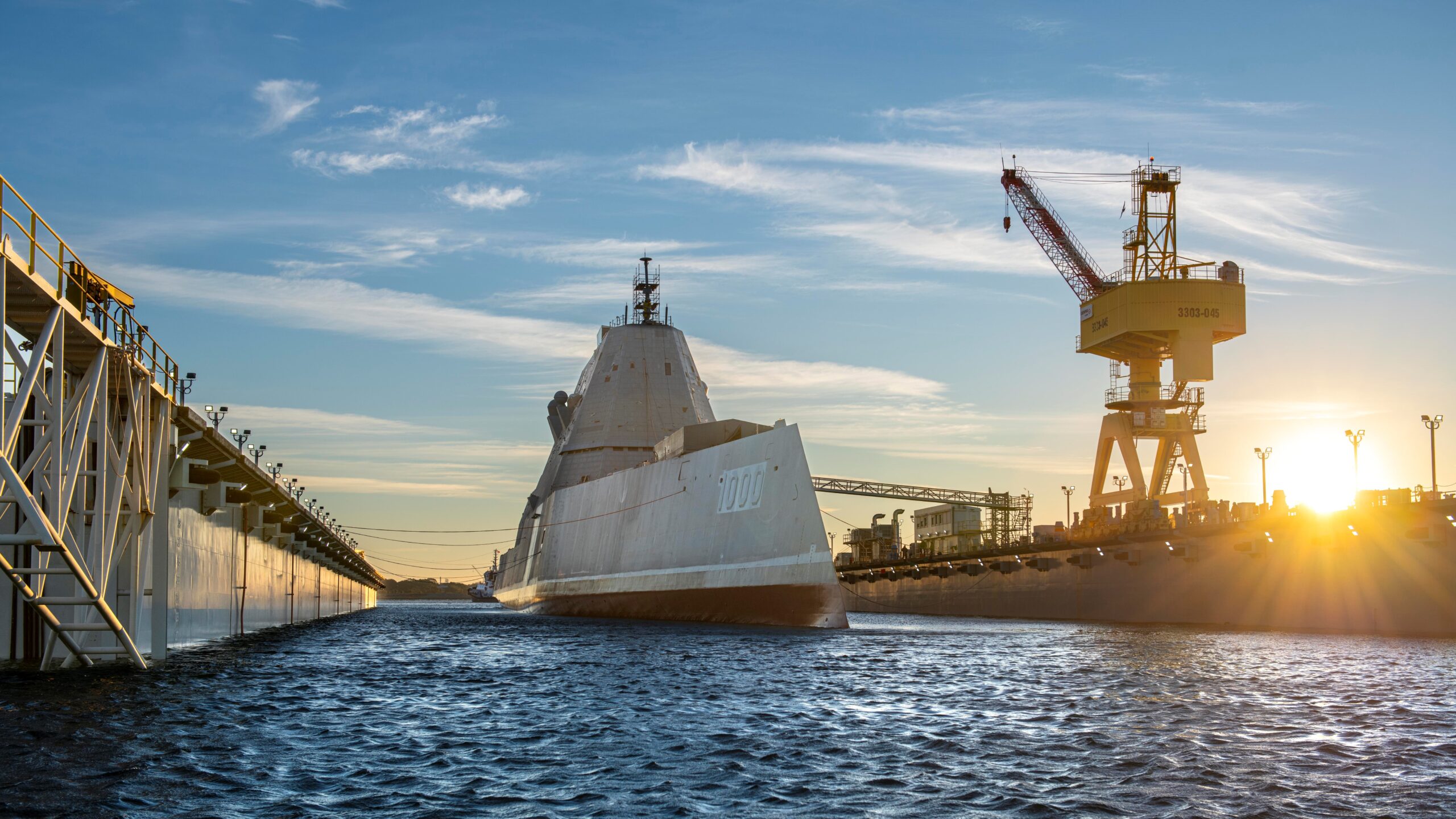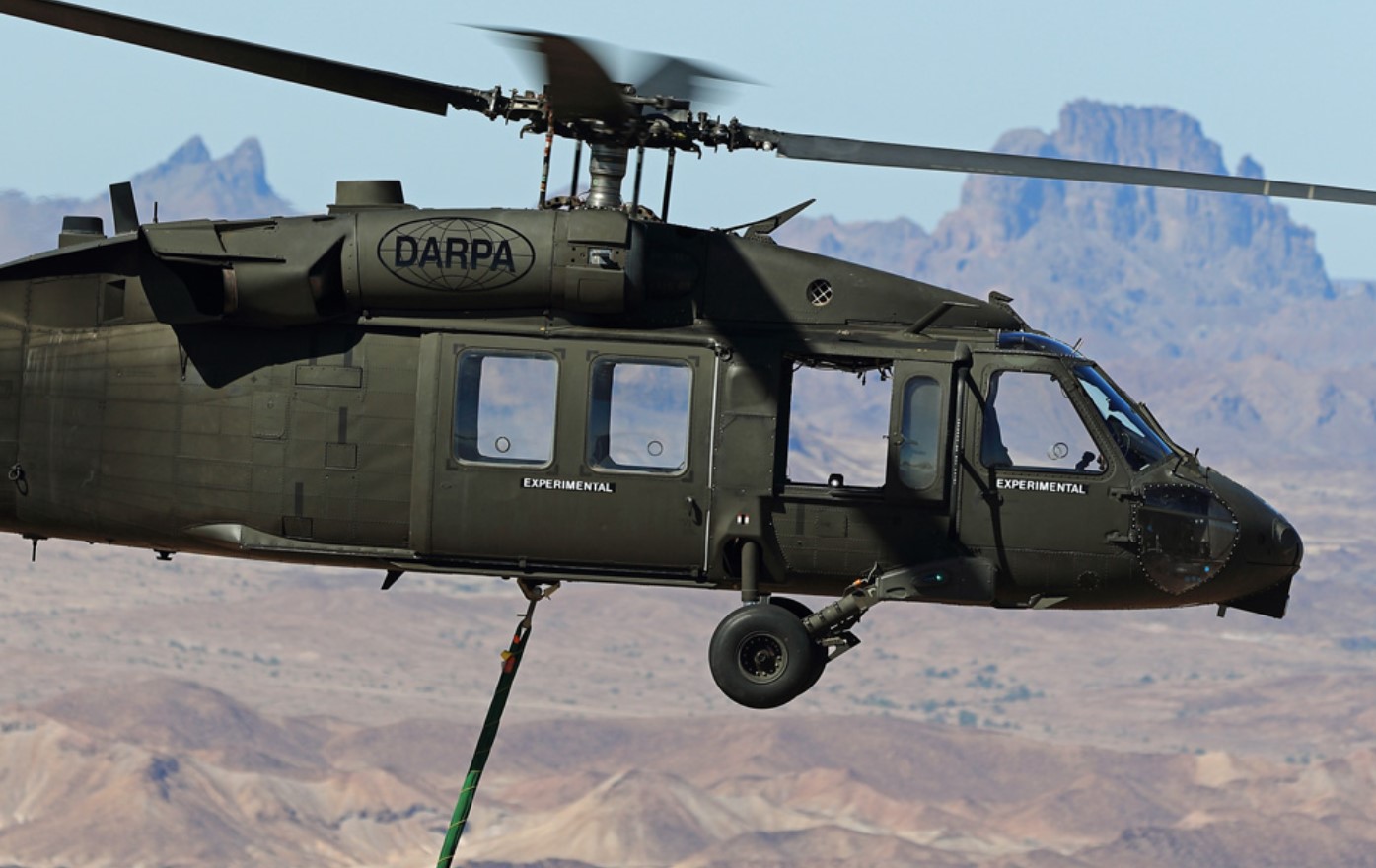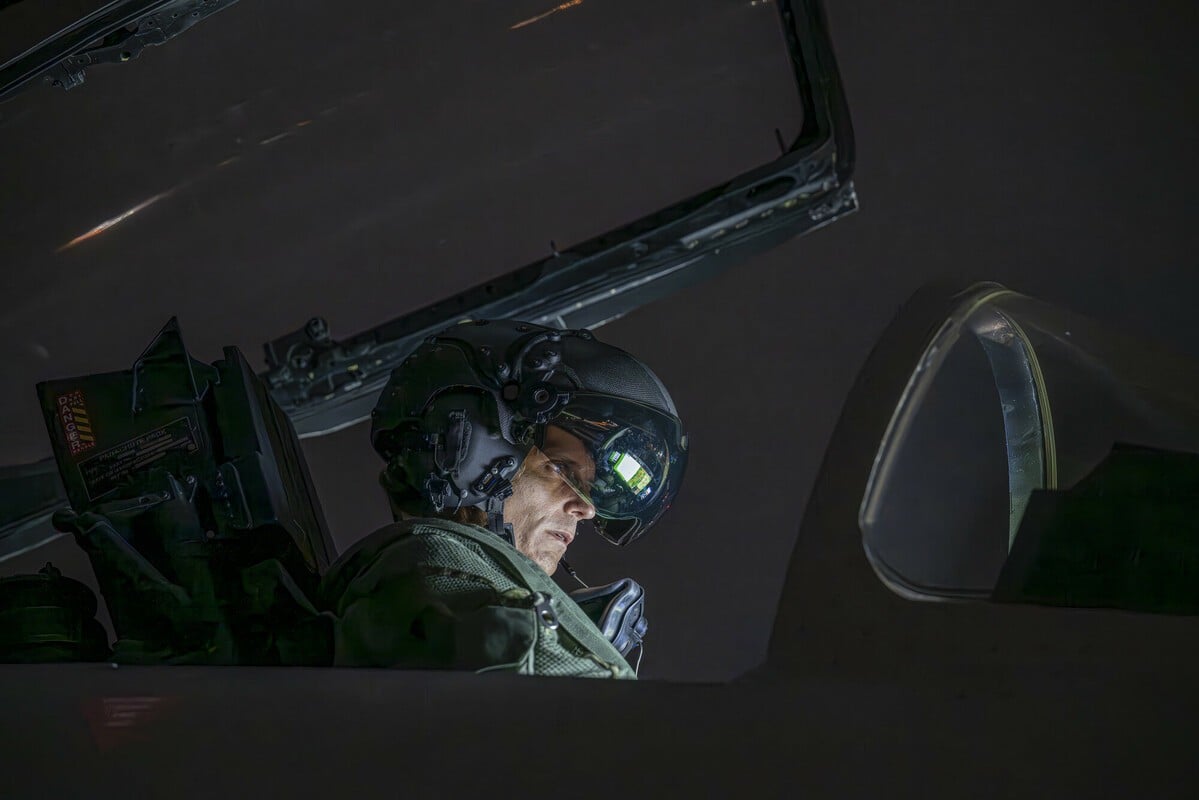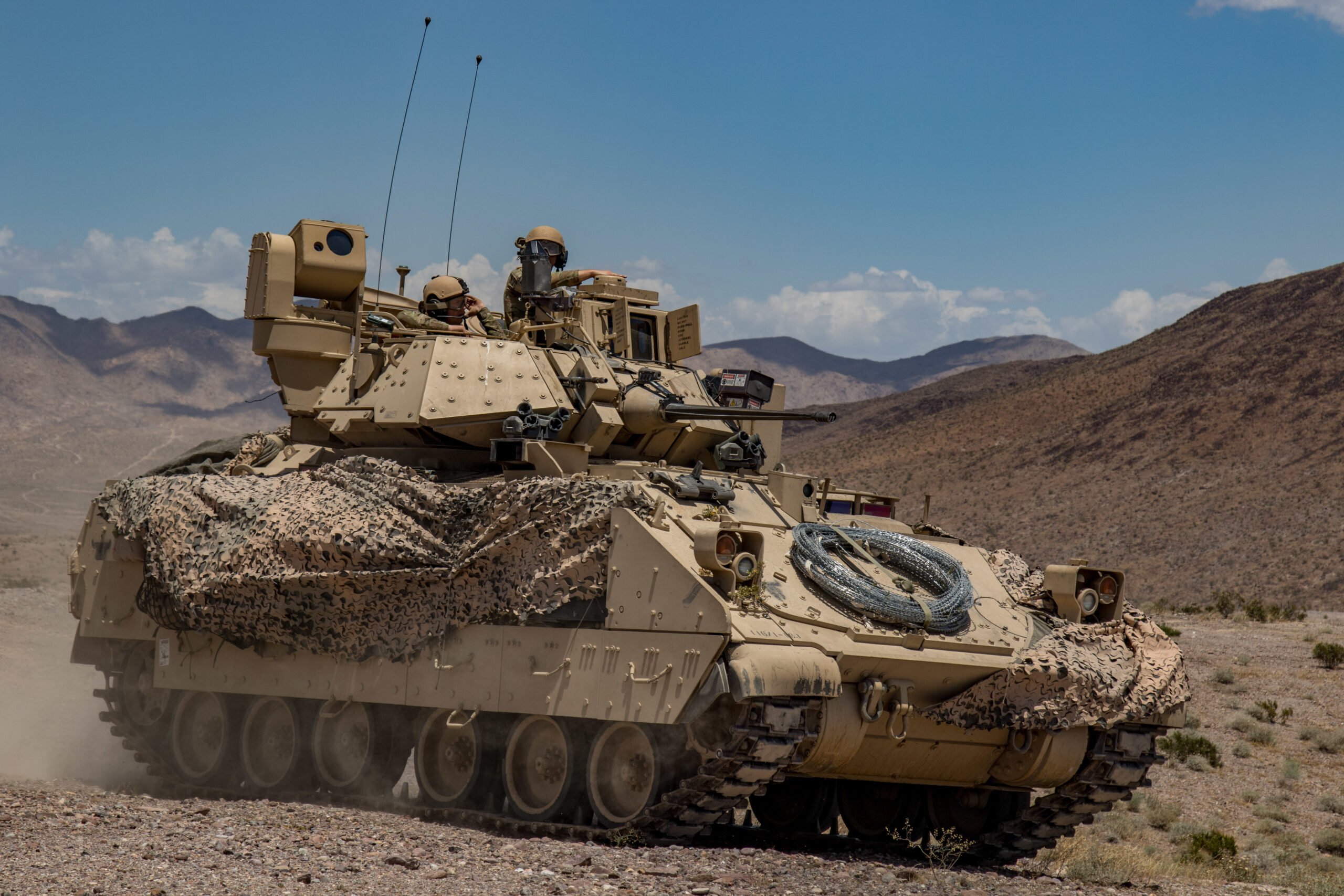Huntington Ingalls Inc. (HII) has successfully undocked the USS Zumwalt (DDG 1000), the US Navy’s advanced destroyer, which has undergone a significant transformation with the installation of a new hypersonic missile launcher. This outfitting process is part of a comprehensive $155-million upgrade that has taken place at the company’s Pascagoula shipyard in Mississippi since August of the previous year. The completion of these upgrades brings the Zumwalt closer to rejoining active service, although a specific completion date has not yet been revealed.
HII President and CEO Chris Kastner emphasized the company’s dedication to this project in a recent press release, stating, “In partnership with the Navy we are steadfast in our commitment to complete this complex work that adds significant hypersonic capability to Zumwalt.” He highlighted the importance of incorporating the Conventional Prompt Strike (CPS) system into the Navy’s arsenal, a move aimed at enhancing the warship’s operational capabilities.
The upgrade is projected to be finalized by 2025, allowing for subsequent testing phases, with expectations that the entire fleet of three Zumwalt-class warships will be equipped with these enhanced capabilities by the year 2028.
As a standout element of this upgrade, the Zumwalt-class destroyer has replaced its original twin 155mm Advanced Gun Systems with missile tubes designed for the CPS weapon system. Each of these 87-inch tubes can accommodate up to three Common Hypersonic Glide Body (CHGB) weapons, which are reported to have a range exceeding 2,775 kilometers (1,724 miles). The design of the CPS mirrors that of the US Army’s ground-based Dark Eagle Long Range Hypersonic Weapon, maintaining the same rocket-boosted missile but differing only in terms of the launch platform.
The CHGB functions by utilizing an unpowered missile that reaches the desired altitude and speed. Once it detaches from the booster, it descends toward its target at hypersonic speeds exceeding Mach 5. This high velocity, combined with an unpredictable flight path, presents significant challenges for missile defense systems attempting to intercept such projectiles, given the complexity and speed involved.
Originally conceived for littoral combat, the Zumwalt-class warships are designed with an advanced artillery system capable of launching 155mm guided shells over a distance of 60 nautical miles (69 miles or 111 kilometers). However, the high projected cost of $800,000 per shell contributed to a fleet reduction from an initial 32 vessels to just three.
The Zumwalt itself represents a considerable investment, with a construction cost of approximately $9 billion. Its advanced electric propulsion system generates 78 megawatts of power, sufficient to support various futuristic systems, including next-generation radar and directed energy weapons. The ship’s stealth features include a wave-piercing tumblehome hull design and additional elements that minimize its spectrum signature across multiple domains—radar, acoustic, electromagnetic emissions, and infrared.
In addition to hypersonic capabilities, the 14,500-ton Zumwalt is designed to be outfitted with a variety of missiles, such as SM-2 Block IIIAZ and Evolved Sea Sparrow surface-to-air missiles, as well as Tomahawk land-attack cruise missiles. These enhancements position the Zumwalt as a formidable asset within the modern naval fleet, equipped to face evolving threats in an increasingly complex maritime environment.


















